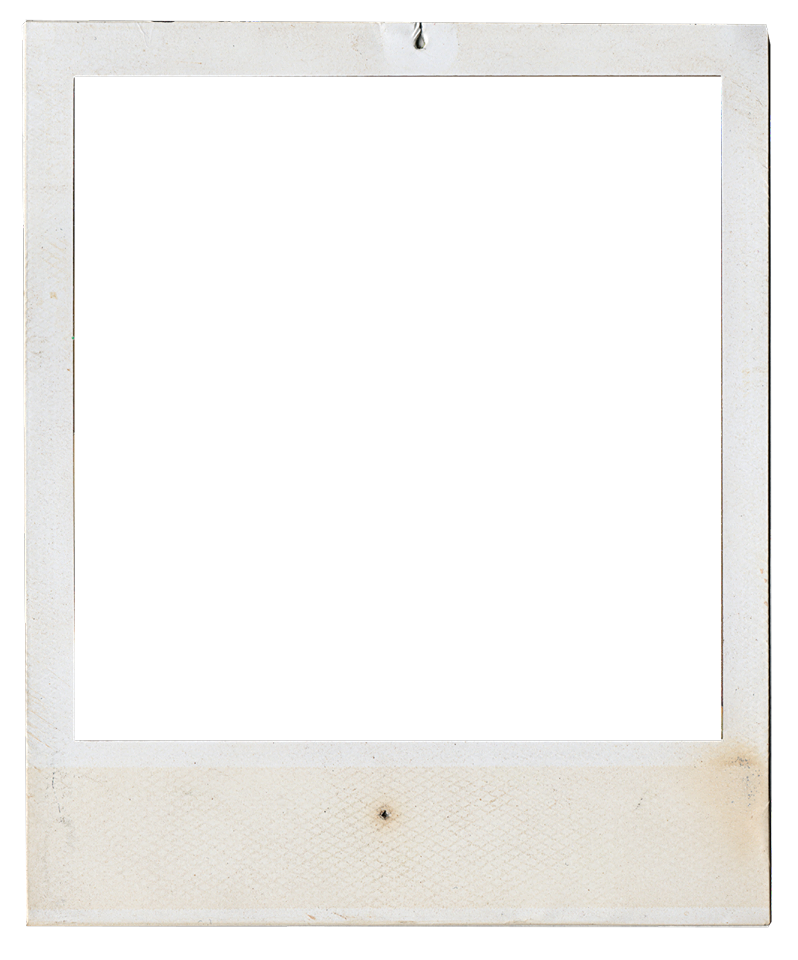
Advanced Astronomy (6th and 7th Years) by Professor O'Rourke
Professor O’Rourke may have been a little long winded in his Intermediate lesson. He knew Astronomy was an enormous topic that spanned both magical and muggle worlds, and it was hard for the man to reduce it to bite sized morsels for his students. He wanted them to be inspired, intrigued, and above all interested. He had let his students in the younger years choose a planet to learn about which seemed to go over well with them, but he doubted a similar approach would be as successful with the older crowd.He’d looked briefly over the lessons from previous professors and wasn’t terribly impressed. He was going to keep it pretty basic, but his advanced students were on the brink of adulthood. He wasn’t going to insult their intelligence with trivial lessons about sun position in relation to the seasons or anything.
The sun, however, he could work with.
The astronomy professor sincerely hoped that his students weren’t getting too frustrated considering they hadn’t used telescopes yet, but astronomy was much more than constellations. They’d be looking at stars this lesson, but Alex hoped they’d walk away with more understanding of the magnitude of them. Sure, they were pretty to look at from far away, but they are a force to be reckoned with.
Alex transformed the room with a swish of his wand, so that the desks and tables seemed to be floating in space, and they could observe their entire solar system. The sun wasn’t hard to look at, allowed one to see all of the sunspots, different rotational patterns of the surface, and Alex’s favorite—the occasional solar flare.
He readied his handouts, and waited patiently for his students to find their seats amongst the stars he was projecting around the room. Once everyone was more or less settled, he decided it was time to begin the lesson.
“Welcome to Advanced Astronomy.” He stated with a smile, ducking slightly as a comet sped by him.
“This year we’ll be covering stars. From birth to death, stars are some of the most fascinating and equally terrifying objects in our existence. Luckily for us, we only have one in our solar system to deal with. There are others that have four or more—which would make for very interesting sunsets, but I can’t begin to imagine how hot the summers would be. Arizona is bad enough.” Alex said in jest before turning his attention back to the lesson at hand.
“I decided to start with our sun first. Seeing as it makes up for 99.8% of our solar system it only seemed fitting. I’m passing around a handout containing facts on it for anyone one who wishes to follow along. For example, the sun is a giant ball of hydrogen and helium with traces of other elements. Its surface is about 6000 kelvin, or 10,300 odd degrees Fahrenheit.” He added, taking a seat on the edge of his desk and pausing for a moment to allow people to catch up.
“There are also outer layers, including the chromosphere and corona which are even hotter than that. The sun is currently a yellow dwarf star, but is constantly expanding, much like the universe itself. It’s middle aged right now, so about 4.3 billion years old. In roughly 7 billion more years, it’ll grow into a Red Giant, engulfing Mercury, Venus and possibly our planet, before collapsing back down to a cold white dwarf star—so that’s fun.” Alex explained, pointing his wand at the ceiling and causing the yellow sun to grow and swell, over taking Mercury, and then Venus and finally Earth before violently pulling and sending off clouds of plasma and gas forming a vast nebula, and scorching Mars in the process before finally shrinking down to a vastly smaller, white dwarf star.
“Your assignment is to discuss with a partner why the sun is important, and imagine what life would be like without it. Feel free to submit a short summary if you wish to work alone. Any questions?”
 Subthreads:
Subthreads: Astronomy Handouts by Professor O'Rourke
 0
Professor O'Rourke
Advanced Astronomy (6th and 7th Years)
0
Professor O'Rourke
1
5
0
Professor O'Rourke
Advanced Astronomy (6th and 7th Years)
0
Professor O'Rourke
1
5

Astronomy Handouts by Professor O'Rourke
http://www.universetoday.com/16338/the-sun/http://www.universetoday.com/17982/10-interesting-facts-about-the-sun/
 0
Professor O'Rourke
Astronomy Handouts
0
Professor O'Rourke
0
5
0
Professor O'Rourke
Astronomy Handouts
0
Professor O'Rourke
0
5
